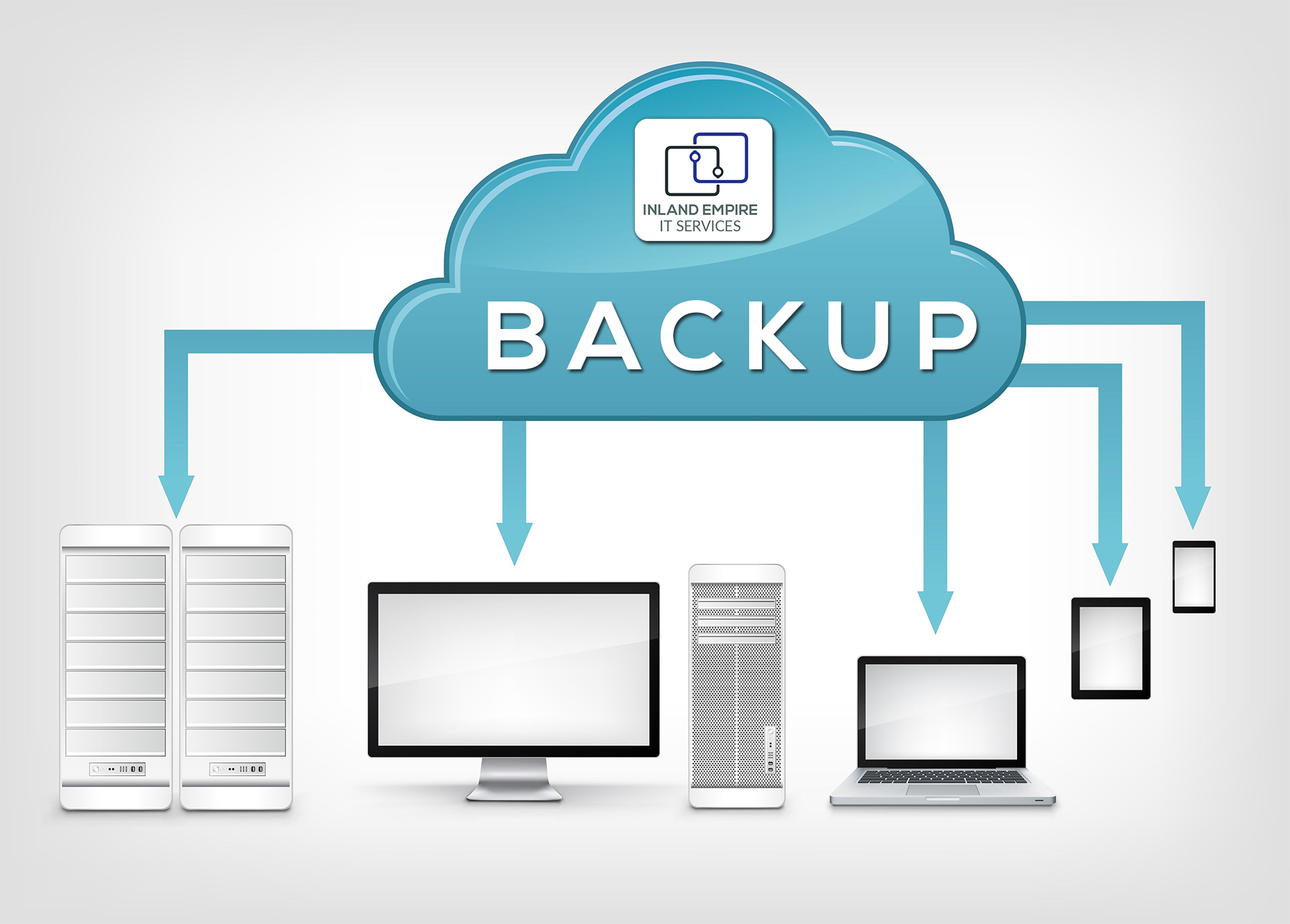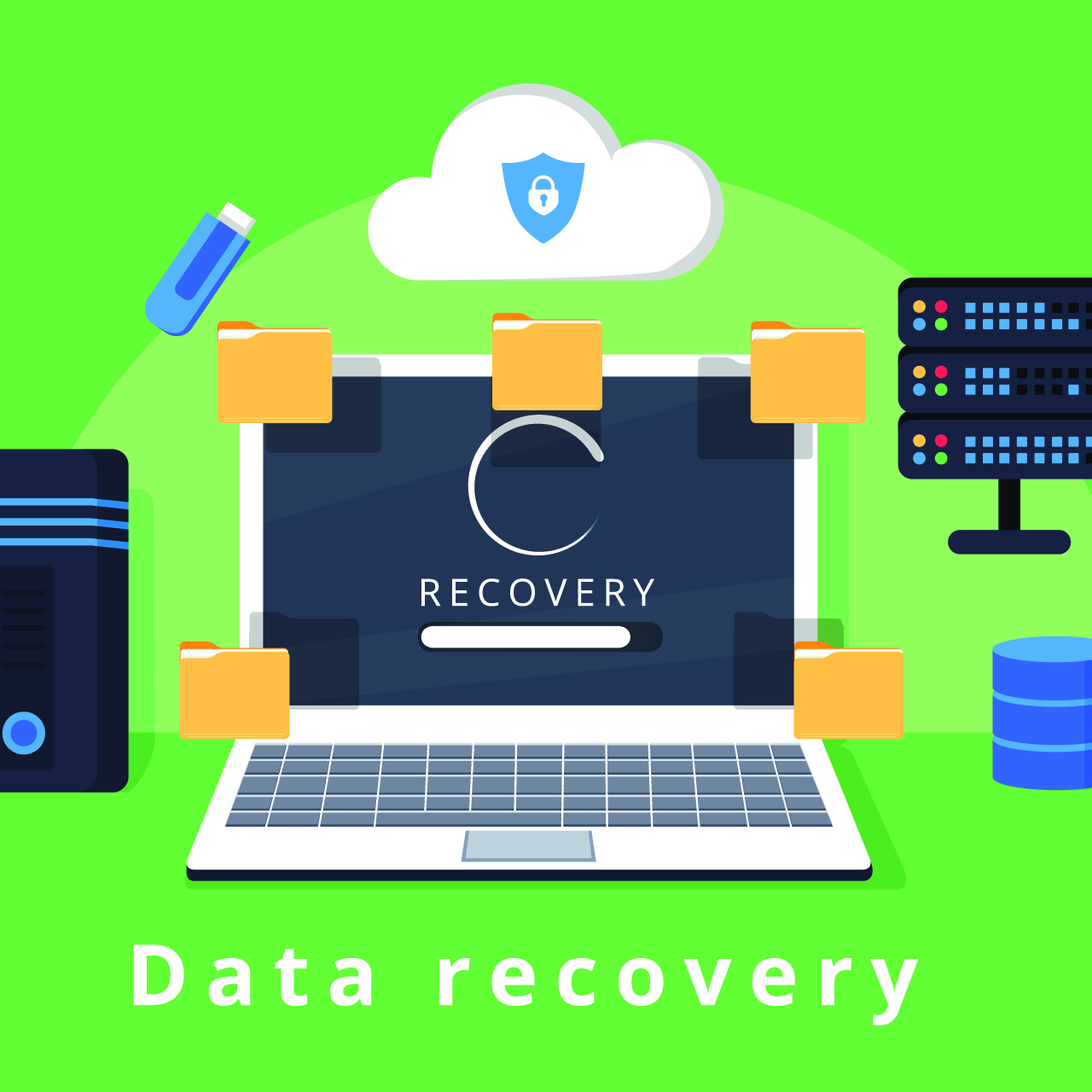
What are the data recovery methods? File restoreįile restore is the fastest method to recover individual corrupted or lost files and folders. Because each option has unique benefits for certain organizations and types of data, choosing to use both enables you to cover all your bases and ensure your data is backed up and secure. Many organizations may choose a hybrid backup storage option, which is a combination of local and cloud storage. This can be a very cost-effective solution, especially if you need to scale up or scale down your business. You can also use automated processes to ensure data is backed up to the cloud, ensuring your data is secure. Any time you need the data, it can be accessed from anywhere you can connect to the cloud. Storing data through cloud backup means that the data is stored offsite. The backups are also more accessible, and are faster to restore.

There is a risk of data disaster when stored near the organization’s location, though some data disasters can be avoided more easily. When stored locally, backing up data takes less time overall. Local backups are stored onsite near your organization.
#DATA BACKUP AND RECOVERY FULL#
This means that to have your full data set, you’ll need your last full backup in addition to your most recent differential backup. However, each differential backup makes a copy of all data that has been changed since the last full backup. 3) DifferentialĪ differential backup also starts with a full backup. This results in far less data needing to be stored and faster backup speeds. Only the data that has received any changes since the last backup of any kind is copied. 2) IncrementalĪn incremental backup begins with a full backup, but then it creates a copy of a small amount of data during each consecutive backup performed. This is an easy way to guarantee that there is one complete copy of all your organizational data at the time of backup. When the data backup is performed, a single copy of the full data set is created.


Data backup and recovery options and methods to choose from include these categories: What are the 3 types of backups? 1) FullĪ full backup is the most basic type of backup. The type of data, type of backup, frequency of backup, length and amount of data retained, as well as the recovery process all have various options to choose from, allowing flexibility in your organization’s data protection. The methods by which data backup and recovery are accomplished vary depending on the data needs of your organization. Malware, phishing, and ransomware are just a few examples of threats and attacks that can occur on devices. CyberthreatsĮach year the number of online attacks continues to grow, causing an increasing number of data disasters. Spilling drinks or any other liquids is an unfortunate but common occurrence as well. In fact, the Possible scenarios can include deleting files, forgetting to save data or any changes made to the data, or misplacing spreadsheets or important files/folders. When this happens, there is a chance your data will become inaccessible or corrupted. This can occur because of a hardware, software, configuration, or power issue.

Device Malfunctionsĭevices may not perform as they are expected, or fail to perform at all. These disasters can damage IT devices and cause massive data loss. It includes things like earthquakes, hurricanes, tornadoes, and floods, to name a few. Natural disasters are events caused by natural forces that can bring about widespread damage to both humans and the environment. Types of data disasters include: Natural disasters There are a variety of disasters that can damage or destroy your data. Together, data backup and recovery make up an ideal plan to preserve crucial digital information for your business. Recovery is the process of restoring lost or otherwise corrupted data. What is data backup and recovery?ĭata backup is the practice of duplicating your organization’s data to ensure its protection in any type of data loss event. An Avast report states that 60% of all backups performed are incomplete and restores fail 50% of the time.Īn increasing number of organizations depend on digital data, so data backup and recovery should be a top priority to potentially minimize both downtime and loss of data and ensure continuity of business operations. Data loss events frequently occur, but it seems that a good portion of companies are not fully prepared for these damaging events.


 0 kommentar(er)
0 kommentar(er)
